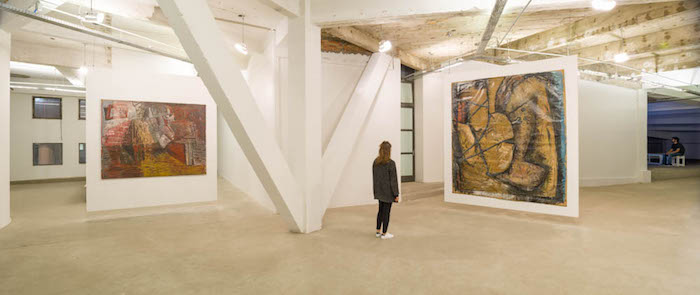The World to the Fair: São Paulo
A multicultural megalopolis with a DIY spirit
A multicultural megalopolis with a DIY spirit
In a 5-part series from the upcoming issue of Frieze Week magazine, Chicago, São Paulo, Berlin, Tokyo and Los Angeles come to Randall's Island. São Paulo is a multicultural megalopolis of 21 million people. It contains a wealth of amazing and affordable spaces: from warehouses to historic buildings like the Edifício Copan, de- signed by Oscar Niemeyer, which houses the non-profit art center Pivô, where I work. The Museu de Arte de São Paulo (MASP) is undoubtedly back on track, with architect Lina Bo Bardi’s original glass displays restored to the permanent collection, but centrally-funded institutions have undergone challenges here.


The full article appears in the first New York edition of Frieze Week magazine available here or with your tickets to Frieze New York.
Read Part I: Chicago
Read Part III: Berlin
Read Part IV: Tokyo
Read Part V: Los Angeles
Frieze Week magazine is the insiders’ guide to our art fairs with a preview of the best works on view, news of curated projects and talks, and tips on the most important exhibitions and events taking place around town. Frieze Week is published in anticipation of Frieze New York in May and Frieze London & Masters in October.























